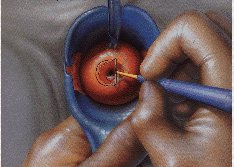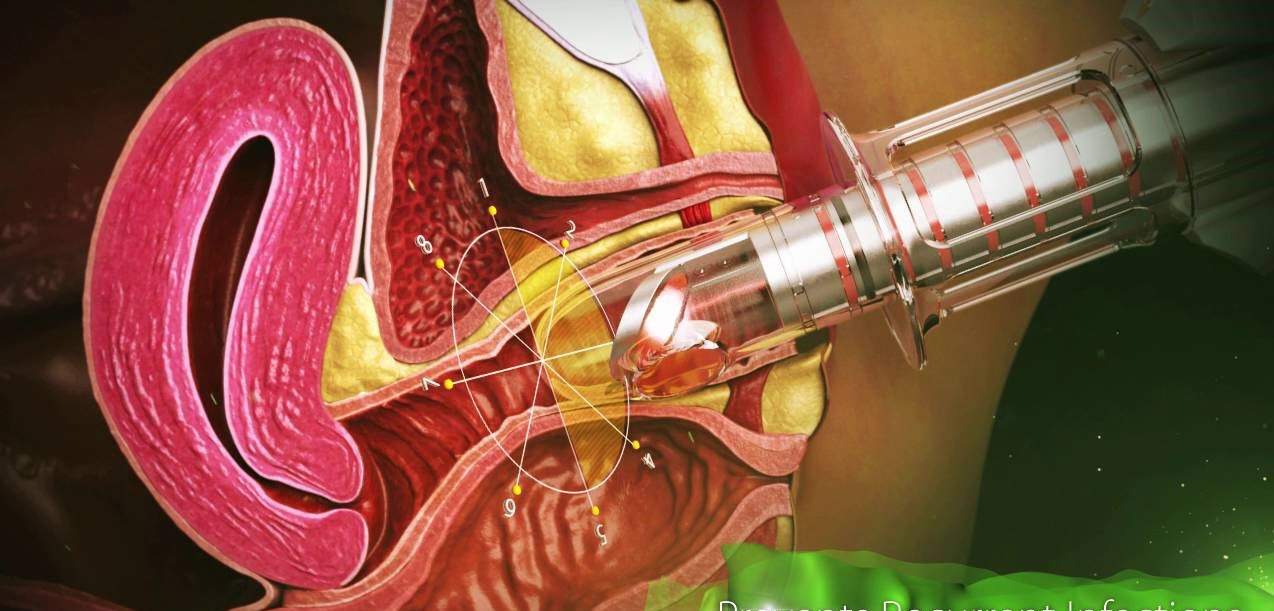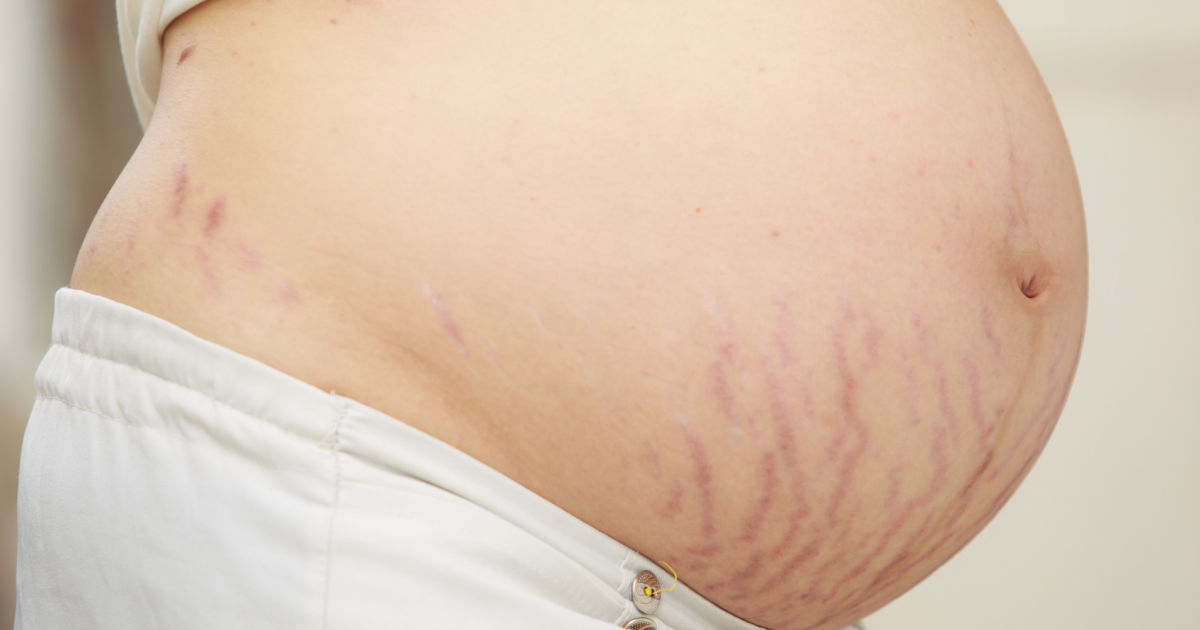Leep and Konization
İçindekiler
 What is Leep Conization?
What is Leep Conization?
LEEP is short for Loop Electrosurgical Excision Procedure. LEEP is applied to diagnose and treat women who have abnormal cell changes in the cervix as a result of Pap smear test. With the help of a surgical instrument consisting of a ring-shaped wire, this abnormally changing area in the cervix is quickly and effectively removed. The purpose of the operation is the same as “conization”. Only the tools used are different. Instead of the scalpel used in conization, a surgical instrument in the form of a wire is used in the LEEP process, in this way, the operation is performed faster, painless and without bleeding.

Who is Eligible for Leep (lletz)?
Women with CIN or SIL as a result of Pap smear test are suitable candidates for LEEP. Thanks to LEEP, the tissue is removed without being destroyed, and in this way, on the one hand, treatment is provided, on the other hand, it is possible to evaluate the removed part pathologically.
What are the Advantages of Leep Conization?
Excision procedures such as laser, cryotherapy, LEEP or Cold conization are effective methods of treating cervical dysplasia. However, they have different advantages and disadvantages. Cryotherapy and Laser are easy to apply and can be done in an office setting. However, the disadvantage of these two procedures is that they work by destroying the abnormal tissues, so as a result of the procedure, there is no biopsy sample that can be sent to pathology and examined. In LEEP and Cold conization, it provides a tissue sample that can be examined to ensure there is a more serious pathology that we missed during colposcopy. LEEP conization can be done in an office setting, while cold conization is a surgical procedure performed in a hospital setting. After all these procedures, the risk of pregnancy is very low. With LEEP and cold conization, the risk of early cervical dilation is extremely low, and most women continue with their normal pregnancy. It is more appropriate to use laser or LEEP for low grade lesions and LEEP or cold conization for higher grade lesions (such as CIN II-III) due to its ability to obtain tissue sample.
How is Leep Conization (lletz) Applied?
LEEP can be performed under local anesthesia in practice conditions, or it can be performed under general anesthesia. No hospitalization is required after the procedure and the patient can return to his normal life immediately. The process takes about 5-7 minutes. While the patient is lying in the gynecological position, a speculum is inserted into the vagina and the cervix is visualized. The appropriate cone-shaped piece is removed from the cervix with a pen-shaped electrocautery with a half-ring-shaped wire at the end. The removed tissue is sent for pathological examination. If the procedure was performed with local anesthesia, the patient can immediately get up and return to his normal life. After the procedures performed with general anesthesia, the patient is rested in the rest room for 30-60 minutes until the effect of the anesthesia wears off. Patients who will undergo LEEP do not need any special preparation before the procedure.
Post-Processing
After the procedure, a large amount of colorless, odorless water-like discharge may occur for 2 weeks. Then the color of the discharge turns pink. It is beneficial to use sanitary pads.
Cramp-like groin pain may occur on the day of the procedure and the first day after. Painkillers and antibiotics are prescribed to the patient.
Conditions You Need to Pay Attention to After Leep
After the procedure, sexual intercourse should not be performed for 3-4 weeks, vaginal tampons should not be used, vaginal dreams should not be made. You should not enter the pool or the sea for 3-4 weeks. Bathing can be done in the form of a standing shower.
After the procedure, your doctor may call you for a check-up every 7-10 days. The aim is to evaluate the healing status of the cervix. Then, Pap smear test should be done every 4-6 months for 2 years in order to evaluate whether the condition that caused the LEEP is to recur.
The long-term side effects of the LEEP procedure are not different from the damage that occurs in cautery (burning) or cryo (freezing) procedures. None of these procedures cause infertility, miscarriage or premature birth.
In Which Situations After Leep Should You Consult Your Gynecologist?
Your doctor will tell you everything you need to know about care and recovery. In the weeks after LEEP, heavy vaginal bleeding, smelly vaginal discharge , severe belly pain, fever of 38 degrees or higher, chills… etc. may be signs of infection that require immediate treatment. If you do, call your doctor right away.
Jin. Kiss. Dr. Below is the contact information with Yeşim Yercok for HPV Caused Cervical Dysplasia and LEEP Conization.
Address: Fener Kalamış cad. Billur apt. No:5 Da:9 Kızıltoprak – Kadıköy / İSTANBUL
Telephone: +90 216 385 17 15
E-Mail:
info@dryesimyercok.com









